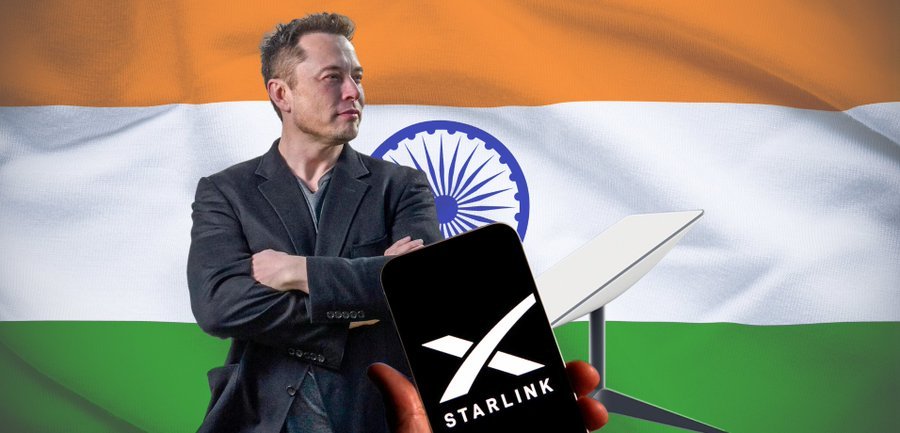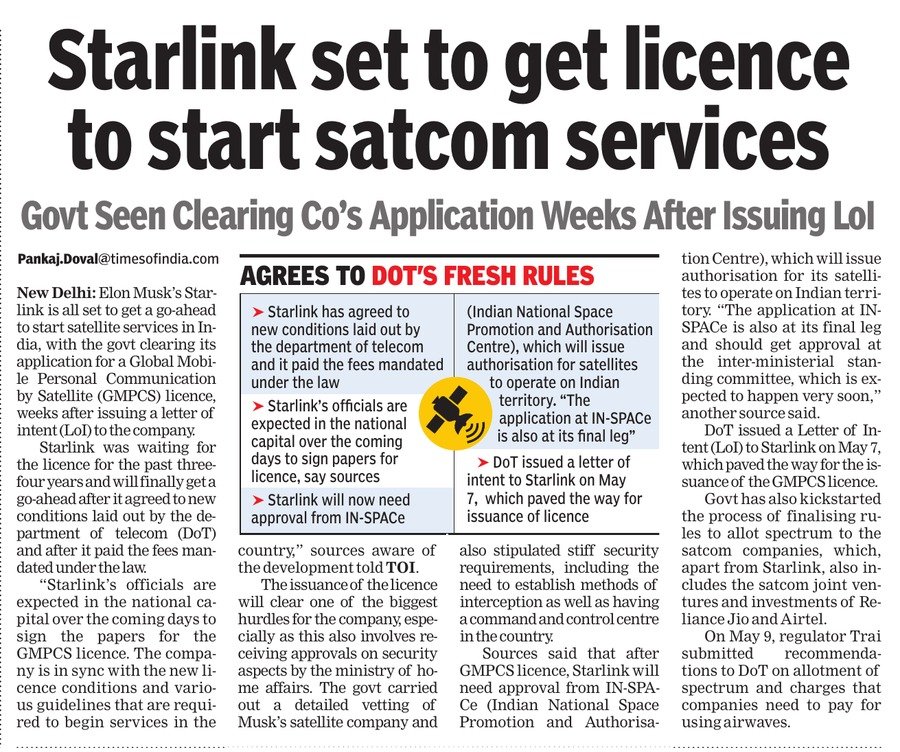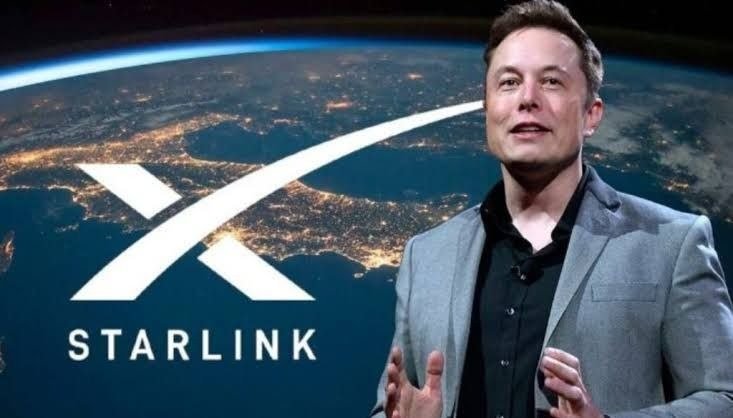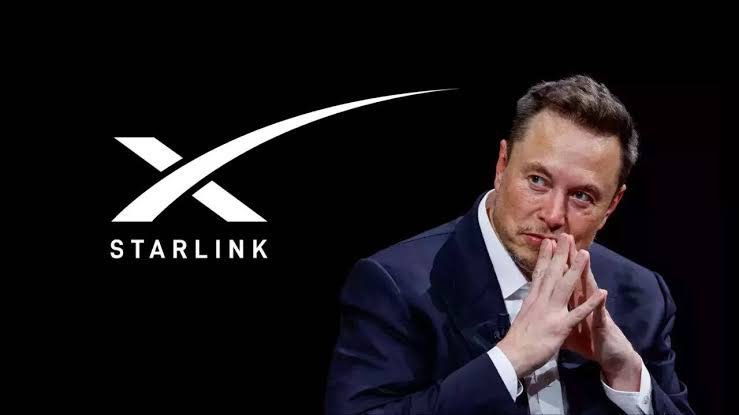In a major step towards bridging the gap of internet access in rural and remote regions of India, Elon Musk’s satellite internet company Starlink is all ready to launch in India. Union Communications Minister Jyotiraditya Scindia recently announced that Starlink is in the process of obtaining its working licence. With the Department of Telecommunications (DoT) having issued a Letter of Intent (LoI) already, the only remaining obstacle is a green signal from the Indian National Space Promotion and Authorization Centre (IN-SPACe).

If approved, Starlink will be one of the largest satellite internet service providers to go live in India, and it has an aggressive pricing plan. It is likely to launch unlimited data plans at a promotional price of less than ₹840 per month. The plan is to gain traction quickly among Indian consumers, particularly in regions where conventional broadband infrastructure is not available or is unreliable.
Closing the Digital Divide
India has been facing digital disparity for years now, with millions of rural and remote area citizens having no access to reliable internet. While city centers have high-speed 4G and are moving to 5G, villages are being left behind at a cost of laying fiber cables and constructing towers.
Starlink’s low-Earth orbit satellite network provides a compelling option. As opposed to conventional broadband, which is dependent on physical infrastructure, satellite internet can be installed basically anywhere with an unobstructed view of the sky. This makes it well-suited for geographically difficult areas like the Northeast, Ladakh, Central India, and island territories.

Regulatory and Industry Response
Though the Indian government welcomes the entry of Starlink as a step in the direction of universal digital access, current telecom players have raised an alarm. Large players such as Bharti Airtel and Reliance Jio are said to be worried about what they term as an “unfair playing field.” Their main concern is the capped lower spectrum charges for satellite providers, which would let firms such as Starlink offer services at a much lower cost than incumbent telcos which have shelled out billions for 5G spectrum auctions.
Telecom experts contend that though Starlink’s arrival will induce competition and innovation, regulatory authorities should ensure fair and balanced market forces for all.

A Strategic Point of Entry
Starlink has already committed to meeting India’s regulatory requirements, such as security clearances and indigenous ground station installations. Final approval by IN-SPACe is expected by mid-June 2025, leaving the company ready to start operations shortly thereafter.
The strategic arrival of Starlink happens when India is striving vigorously to reach the status of a digitally empowered society. “Digital India” and BharatNet initiatives of the government are shifting high-speed internet within reach across the length and breadth of the country. Starlink’s arrival can go a long way in supporting these initiatives.

Conclusion
As India prepares to embrace a possible digital revolution fueled by space, Starlink’s high-accessibility, low-cost proposition might turn out to be a lifeline for millions. Though domestic telecom operators’ concerns will have to be answered, the overall effect on rural connectivity and digital inclusion would be humongous. As soon as the last regulatory bar is passed, the sky might no longer be the limit for internet connectivity in India

